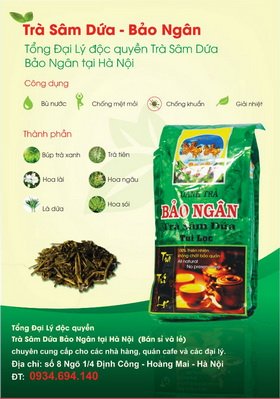2. Effect of tundish weight history The weight of steel left in the tundish at the time of ladle open greatly affects the intermixed length. In general, lower tundish weight tends to decrease intermixing. Factors include lowering the tundish weight at ladle open (compare runs 2 and 3), delaying the time before refilling the tundish (compare runs 1 and 4), and lowering the maximum tundish weight (compare small and large tundish results). These trends hold for all of the grade specifications inves... 2. Effect of tundish weight history The weight of steel left in the tundish at the time of ladle open greatly affects the intermixed length. In general, lower tundish weight tends to decrease intermixing. Factors include lowering the tundish weight at ladle open (compare runs 2 and 3), delaying the time before refilling the tundish (compare runs 1 and 4), and lowering the maximum tundish weight (compare small and large tundish results). These trends hold for all of the grade specifications investigated except the overlapping case. The importance of the lower tundish weight history depends greatly on the severity of the grade change: there is less benefit for a lenient new grade. The effect of varying tundish weight at ladle open (for the same steady weight of 45 tonnes) is illustrated for the large tundish in Figure 8. Increasing the tundish weight at ladle open from 17 15 to 45 tonnes is seen to extend the intermixing range considerably. In a real operation, the intermixing would be even greater, because the tundish plug flow fraction would likely decrease as well. This increase in intermixed length is the reason why many operations drain the tundish down before opening the new ladle, despite the quality problems such as reoxidation and slag entrainment that can be encountered. The magnitude of this effect depends on the size of the tundish. For the small tundish, the effect of tundish weight history is much less. In fact, draining the tundish to only 1 tonne (run 3) improves mixing by less than 4 tonnes (13%), relative to leaving the weight constant at its steady value of 11 tonnes throughout casting (run 2). This finding simply shows that mixing in the strand controls the intermixed length once the tundish weight is low enough. In addition to lowering the minimum and maximum tundish weights, delaying the refilling is also beneficial. Holding the weight low after opening the new ladle and / or a slower filling rate to steady state (run 4) both tend to shorten the intermixed length. The effect is relatively minor, however. Refilling gradually over 12 - 15 minutes, including a 3-4 minute hold after ladle open reduces the intermixed tonnage by only a few tonnes, relative to the 2-3 minute total refilling time for standard conditions. As expected, the effect is greater for the larger tundish. A slower filling rate makes little difference to intermixing after a long hold time. If the hold before refilling is long enough to drain old grade from the tundish, this indicates there is no added benefit from slow refilling. Deciding how long to wait before refilling the tundish should depend on the extent of the mix: stringent new grades benefit from holding a low tundish level longer before refilling; lenient new grades can refill quickly with no difference in intermixed lengt moi nguoi dich gium minh dc ko. cam on nha
Xem thêm.
 1 · 06/07/16 09:22:13
1 · 06/07/16 09:22:13 0 · 07/07/16 10:14:45
0 · 07/07/16 10:14:45

